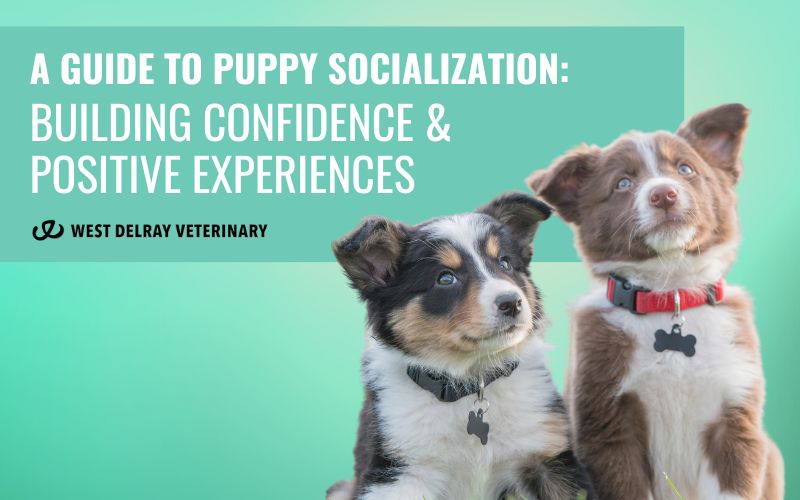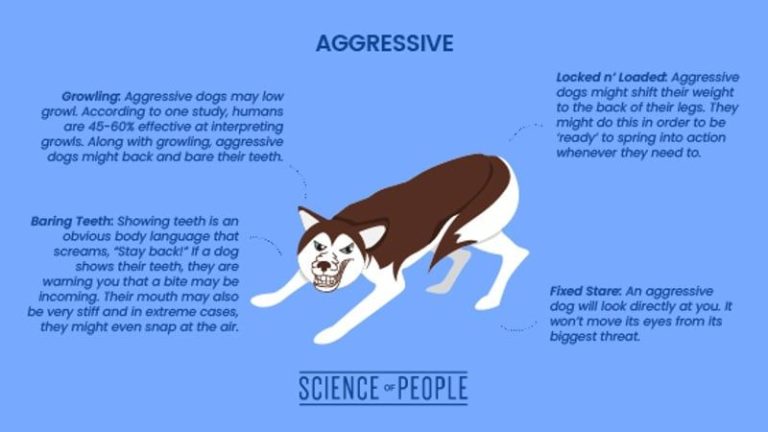Building Confidence In Shy Dogs: Gradual Exposure And Rewarding Experiences
Understanding Shyness in Dogs
Shyness in dogs can have varied causes, but often results from a lack of socialization early in life. Without adequate positive exposure to new people, animals and environments, dogs may never gain confidence in novel situations. Genetics may also play a role, as some breeds are predisposed to being timid or wary around strangers.
Previous traumatic experiences like abuse can also lead to fearful behaviors that may present as shyness. According to a 2016 study published in Applied Animal Behaviour Science, over 20% of dogs were reported to show fear toward strangers.
Common signs of shyness in dogs include:
- Avoiding eye contact
- Keeping ears back
- Tucking tail between legs
- Hiding behind owner or furniture
- Trembling
While shy dogs may take longer to warm up, the good news is that gradual exposure therapy along with positive reinforcement training can help build their confidence over time.
Gradual Exposure
Gradual exposure is an effective technique for building confidence in shy dogs. The key is to start by exposing the dog to whatever they are fearful of at a distance where they remain calm and relaxed. For example, if a dog is afraid of strangers, have a stranger stand far enough away that the dog is still comfortable. Reward the dog with treats and praise for calm behavior in the presence of the stranger at a distance.

Over multiple training sessions spanning days or weeks, slowly decrease the distance, continuing to reward the dog for remaining calm around the stranger. Take this process slowly so the dog is never pushed into being fearful. Eventually, work up to being able to have strangers approach and pet the dog while they remain relaxed and comfortable.
Practice gradual exposure for a variety of environments and situations that cause fear, such as crowds, loud noises, or unfamiliar places. Always start from a distance where the dog is confident, reward calm behavior, and very gradually decrease the distance as the dog learns to associate these stimuli with positive rewards rather than fear.
For sources, see:
https://www.animalhumanesociety.org/resource/help-your-anxious-or-fearful-dog-gain-confidence
https://canineminded.com/make-dog-less-timid/
Positive Associations
One effective way to help build confidence in shy dogs is by creating positive associations with strangers and new environments. This involves pairing the presence of strangers or new places with things the dog finds rewarding, such as treats or playtime. According to the Richmond SPCA (https://richmondspca.org/wp-content/uploads/2019/02/Fearfulness-Around-Strangers.pdf), this can shift the dog’s perception so they start to anticipate good things when a stranger approaches. The American Kennel Club also states that giving high-value treats in the presence of strangers can create positive associations.
When starting this process, make sure to keep encounters brief and give treats before the dog has a chance to react negatively. Over multiple sessions, gradually increase the duration of exposure. You can also pair encounters with playtime using happy voices, favorite toys, and activities the dog enjoys. The goal is to counteract any fearful reactions to strangers with extremely positive associations.
Confidence-Building Training
One effective way to build a shy dog’s confidence is through structured training activities. Obedience training helps strengthen the bond between dog and owner, establishing trust and routine. Start with basic commands like sit, stay, and come, rewarding your dog with praise and treats for following cues. As your dog becomes more responsive to commands, advance to slightly more challenging behaviors. Maintaining short, focused training sessions prevents frustration and keeps the experience positive.
Incorporating fun trick training like spin, shake, or play dead can also boost confidence. The mental stimulation of learning new skills gives dogs a sense of purpose. Varying tricks keeps training sessions engaging without being overwhelming. Always use positive reinforcement like treats, toys, and affection during training. End each session on a high note with an easy, successfully performed behavior so your dog finishes feeling proud and motivated to continue.
Training not only reinforces the dog-handler bond, but also provides structured opportunities for socialization if done in group classes. Surrounding shy dogs with calm, friendly dogs helps them learn appropriate social skills and feel more secure. Check for group classes offered specifically for timid or reactive dogs. Take gradual steps transitioning to busier environments like outdoor parks. The key is managing training settings to prevent anxiety while expanding your dog’s comfort zone.
(Sources: https://resources.bestfriends.org/article/building-confidence-dogs)
Socialization Opportunities
Providing organized socialization opportunities can help build confidence in shy dogs. Classes specifically for socialization allow shy dogs to interact with other calm, friendly dogs in a controlled setting. According to petplay.com, organized classes provide structure and guidance from a trainer, helping shy dogs learn appropriate play and interaction. The classes start slow, initially exposing shy dogs to one calm dog at a time.
Setting up one-on-one playdates with calm, friendly dogs is another great socialization technique. The petexpertise.com article recommends finding playmates with friendly temperaments who won’t get frustrated or react poorly to a shy dog. Having the same playmate regularly allows the shy dog to become comfortable over multiple interactions. Keep initial playdates short and sweet, gradually increasing the time as the shy dog relaxes.
Desensitization to Stimuli
When dealing with fears in dogs, a key strategy is desensitization to stimuli that makes them anxious or fearful. This controlled, gradual exposure helps dogs overcome their reactivity. It’s important to identify specific triggers first. Common ones include men, children, loud noises, other animals or people approaching the home.
Start with a very mild version of the trigger from a safe distance. Reward calm behavior and lack of reaction with treats and praise. Slowly decrease the distance as the dog remains calm. Vary the intensity and duration of exposure. Move at a pace comfortable for the dog. The goal is to countercondition the dog to associate positive feelings with the trigger. With patience and consistency, the dog will gradually become desensitized and relaxed.
Medication If Necessary
In extreme cases of shyness and anxiety, medication may be necessary to help a dog feel more comfortable. According to PetMD, several types of anxiety medications for dogs exist, including alprazolam (Xanax), amitriptyline, buspirone, clomipramine (Clomicalm), and dexmedetomidine (Sileo). Work closely with your veterinarian to determine if medication could benefit your dog, and to find the right treatment plan. The goal of medication is to reduce a dog’s anxiety levels enough that desensitization training and gradual exposure can be effective.
Medication should not be used as the sole treatment, but rather as part of a comprehensive approach. Ensure you properly administer medication according to veterinary guidelines. Track your dog’s progress and side effects. Adjustments to dosing or the medication type may be needed, so follow up frequently with your vet. While medication can help in extreme cases of shyness, most dogs benefit more from gradual exposure techniques, socialization, positive reinforcement training, and environmental desensitization.
Be Patient
Some dogs take more time than others to overcome shyness and build confidence. Progress will likely not be linear – there may be setbacks and periods where your dog seems to regress. However, with persistence and consistency, most dogs can become more social over time. Have realistic expectations and don’t get discouraged if change seems slow. Socialization is an ongoing process that requires patience.
According to experts, the amount of time it takes for a shy dog to become comfortable varies greatly depending on factors like genetics, early life experiences, and the current environment (Source). Some dogs may show improvement in socialization within a few weeks, while more timid dogs can take many months or even years. Be patient and persistent.
The key is to stick to the training plan, reinforce wanted behaviors, provide a stable routine, and celebrate small victories along the way. Don’t give up! With time, the proper introduction to various stimuli, and keeping sessions positive, most shy dogs can gain the skills to interact with confidence. Just remember – pressuring or flooding your dog will likely backfire. Socialization requires a patient, nurturing approach.
Stay Calm and Consistent
Dogs feed off their owner’s energy, so it’s important for owners of shy dogs to remain relaxed, assertive, and positive. Dog trainer Cesar Millan explains that exhibiting “calm-assertive energy” helps provide stability for a shy dog (https://www.cesarsway.com/how-to-be-calm-and-assertive/). Remaining calm and consistent helps create a sense of security and confidence in shy dogs (https://dogology.ca/calmness-is-a-superpower/).
Owners should avoid expressing frustration, anger, anxiety, or other stressed emotions around a shy dog, as the dog is likely to feed off that energy and become more fearful itself. Instead, stay relaxed and positive when interacting with or training a shy dog. Move slowly and speak softly to help keep the dog calm. Reward and praise the dog for any small positive interactions or behaviors. Staying calm and consistent provides stability and enhances a shy dog’s confidence.
Celebrate Small Victories
Shy dogs can take a long time to come out of their shells. It’s important to celebrate even the smallest signs of progress to maintain motivation and boost your dog’s confidence. Mark and reward any positive behavior, no matter how minor it may seem. If your dog makes eye contact with a stranger or walks past another dog without reacting, be sure to praise them and offer a treat. These small victories build over time to help shape more confident behavior.
When introducing new experiences, go slowly and focus on one step at a time. If your dog is fearful of car rides, just getting them to approach the car is a success to be rewarded in the beginning. Over multiple sessions, you can then work up to getting them to put one paw in, then two paws, then sitting inside, and so on. Rushing the process risks scaring them. Building confidence happens gradually through exposure combined with positive reinforcement for any sign of progress.
Remain patient and keep sessions relaxed and rewarding. With continued celebrated baby steps, your shy dog’s trust and comfort levels can grow.






